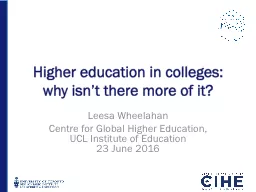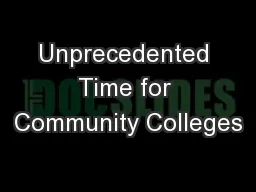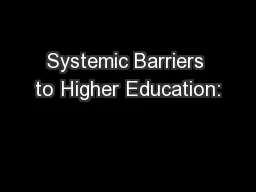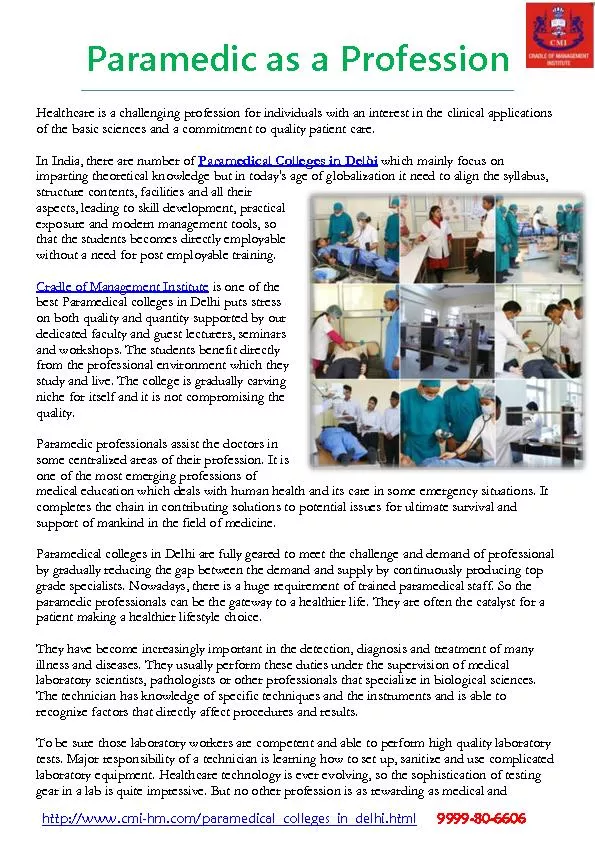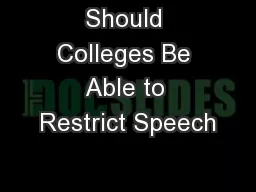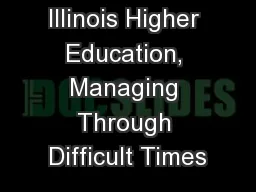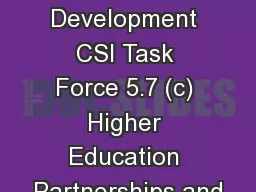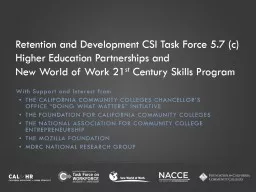PPT-Higher education in colleges: why isn’t there more of it?
Author : conchita-marotz | Published Date : 2018-02-27
Leesa Wheelahan Centre for Global Higher Education UCL Institute of Education 23 June 2016 If we have high participation systems Why has there not been more growth
Presentation Embed Code
Download Presentation
Download Presentation The PPT/PDF document "Higher education in colleges: why isn’..." is the property of its rightful owner. Permission is granted to download and print the materials on this website for personal, non-commercial use only, and to display it on your personal computer provided you do not modify the materials and that you retain all copyright notices contained in the materials. By downloading content from our website, you accept the terms of this agreement.
Higher education in colleges: why isn’t there more of it?: Transcript
Download Rules Of Document
"Higher education in colleges: why isn’t there more of it?"The content belongs to its owner. You may download and print it for personal use, without modification, and keep all copyright notices. By downloading, you agree to these terms.
Related Documents

